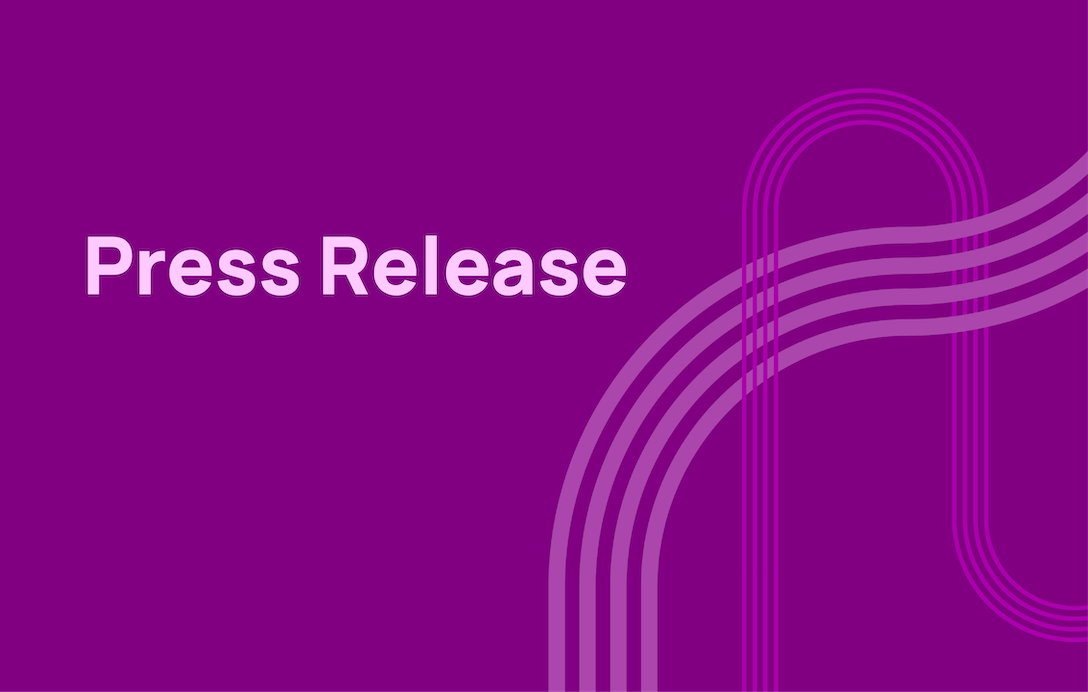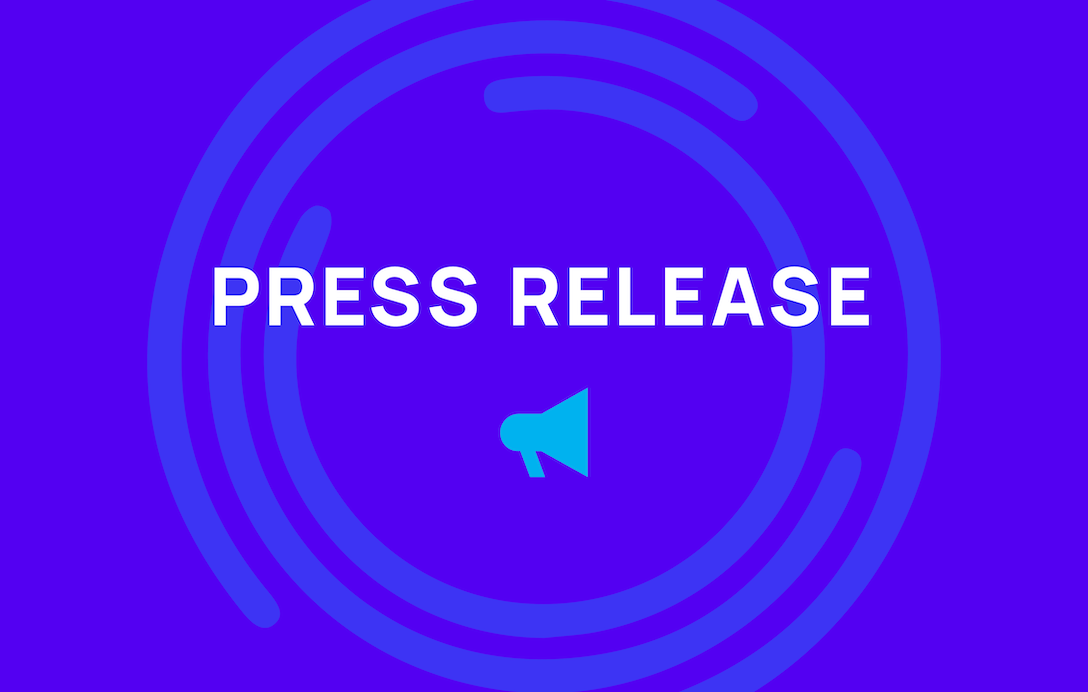Topic: Decision Support
Data Transparency Can Power The Health Insurance And Benefits Shopping Experience Of The Future
Seven ways benefit administration platforms can provide year-round value
Most benefits administration (BenAdmin) platforms only have genuine access to employees during open enrollment. This small window of engagement is frustrating to BenAdmin leaders, but it need not be. That’s because they already have the building blocks necessary for creating year-round member interactions: existing relationships with employers and information about their employees.
By smartly leveraging those relationships and that data, BenAdmin platforms can become a 24/7/365 gateway to the myriad of providers of health, retirement, and other programs an employer offers. Not only will that enhance the value BenAdmins deliver to employers, it will further differentiate them from their competition as well.
Here is just a sampling of the enhanced services that can turn BenAdmin platforms into year-round destinations:
Centralized Portals for single point of access to HSA, FSA, HRA, 401k and other accounts. With these, employees can log onto a BenAdmin site or app and access to all of their health plans, retirement, and flexible spending information.
Accumulators. A single up-to-date view of the important running totals from all member’s benefit plans, such as deductibles, out-of-pocket maximums, and flexible spending account (FSA) balances.
Provider Search. One interface to find any sort of provider. Since the BenAdmin knows the plans in which each employee is enrolled, it can limit the display of providers to those that are in-network.
Cost Estimator. A tool that enables a member to enter a procedure or drug and see their out-of-pocket cost under their plan. This tool could also let members compare their effective costs at different hospitals, using the price transparency disclosures that the federal government has mandated.
Benefits Marketplace. A year-round array of voluntary benefits, programs and offers available through the employer such as gym memberships, pet insurance, identity protection, and student loan assistance. The most relevant offers can be surfaced when members get married, have children or experience other qualifying life events.
Healthcare Concierge. Many BenAdmin providers offer sophisticated decision support to help members select plans. This assistance can be extended year-round in regards to selecting providers, lowering costs, and even booking appointments. Concierge services can be offered via human support, automated bots, or in combination.
Wellness Programs. There are myriad ways to offer members the information, support, and encouragement to make healthier choices about eating, exercising, stopping smoking, managing chronic conditions, and dealing with mental health. These can deploy tools including self-assessments, coaching, gamification, rewards, and integration with mobile devices.
Concierge and wellness programs can involve significant investments in content and support staff. BenAdmin providers, accordingly, may look to partners for these services rather than building them in-house. But all the other services on this list are essentially extensions of the capabilities that BenAdmins already have—connecting data from benefit providers, employers, and employees. Still, by using this information to offer convenience, utility, and insights, BenAdmin providers can engage members and prove value to employers 12 months of the year.
Opportunity Awaits BenAdmins that support ICHRAs
By now, Individual Coverage Health Reimbursement Arrangements (ICHRAs) are no secret. Emerging only two years ago as an obscure addition to federal health insurance regulation, ICHRAs are now among the hottest topics in employer-sponsored benefits. But any significant employer shift to ICHRAs will require answer to a pair of important questions:
- Is there an ICHRA role for benefits administration (BenAdmin) platforms?
- If so, what exactly is it?
We can begin to answer both by examining the motivation for companies large and small to migrate to ICHRAs. For small companies, ICHRAs are often a way to do something as an alternative to not offering employer sponsored health insurance. In fact, 70% of the small employers (<50 employees) offering an ICHRA today are contributing to their employees’ health insurance for the first time, according to Take Command Health. ICHRAs also allow small employers to get out of the often-burdensome benefits administration business. So, at the end of the day, there may be very little opportunity for BenAdmins in ICHRA-based small employers.
Large employers, however, are another thing.
There are several reasons why large employers might adopt ICHRAs—but getting out of the benefits administration business is not one of them. First, a feature of ICHRAs is that they allow employers to move classes of employees to ICHRAs while keeping others on their existing group health plans. This provides more choice—and therefore a better benefit experience—to certain classes of employees. The last thing such employers want is to undermine a better insurance experience with a lesser benefits administration experience. These employers will very much want their BenAdmins to support individual and group products.
A second reason large employers that adopt ICHRAs will not move away from BenAdmins is that they want to keep certain products (e.g., group life and disability) on the group “chassis.” This, too, requires BenAdmins to support both individual and group products.
All of which suggests a three-point game plan for BenAdmins to remain competitive in an ICHRA world:
- Support both individual- and group-plan comparison. BenAdmins must be able to support a hybrid individual and group plan comparison experience. For instance: group health and ancillary for some employees but individual health and group ancillary for other employees. And unlike the group market, where a typical employee may choose from a handful of medical plans that are fairly easily configurable, tens (if not hundreds) of plans may be available and will therefore need to be configured.
- Support both individual- and group-plan decision support. Accounting for tens (or hundreds) of medical plans exacerbates the complexity of plan choice by each employee. So BenAdmins must shepherd employees through the decision process with the appropriate tools and features. What was once optional (shop-by-doc, shop-by-drug) is now table stakes.
- Support both individual- and group-enrollment and eligibility changes. Only offering plan selection during open-enrollment period (OEP) is not enough. BenAdmins will need to support individual enrollment, demographic changes, QLEs, etc. for individual products. This represents a whole new integration challenge for BenAdmins.
Bottom line: ICHRAs are an opportunity
ICHRAs do not spell the end of benefit administration— at least not with larger employers. But BenAdmins will need to enhance their platforms to support this new and important coverage option. And in doing so, they will set themselves apart from competitors who disregard a coverage option that could become as ubiquitous as 401(k)s.
If you’re interested in reading more of Ideon’s 2021 ICHRA research and learning how APIs can streamline the development of ICHRA solutions, download our full-length ICHRA toolkit.
The Future of Benefits Administration Platforms: Centralizing the Employee Experience
Basic health insurance ✅
401(k) ✅
Paid time off ✅
Employee benefits, once mostly a collection of must-check boxes, have transformed into multifaceted rewards programs, customizable to meet the needs of each employee and a key differentiator in recruitment and retention. Ancillary benefits such as pet insurance, gym memberships, and financial assistance programs are becoming the norm, fueling higher expectations for what employees receive, beyond compensation, from their employers. The enhancement and personalization of employee benefits, however, has caused a ripple effect throughout the world of benefits administration (BenAdmin) platforms.
The ways in which BenAdmins have adapted to this new dynamic offer a predictive glimpse into the future of this crucial sector. Just the basics—health insurance enrollment, management of paid time off (PTO), etc.—will no longer cut it. Instead, forward-thinking BenAdmins are preparing for the future: all-in-one platforms that integrate all elements of the employee experience into a centralized system.
From payroll, dental insurance and 401(k)s to FSAs, wellness programs, retirement plans, stock options and student loan repayment, BenAdmins of the future will consolidate all relevant information within one central platform. Those who succeed will not only be incredibly agile—easily adding the hottest non-core benefits of the day—they will be perceived as incredibly agile, representing a major differentiator. They will possess personalized data and insights to share with employees so they can make more-informed decisions about health and benefits products.
So what is the future of benefits administration? In a word, unified. A single system to rule them all. No employee—and, for that matter, no broker or employer—wants one system of record for health insurance, another to manage stock options, and still another to review HSA balances and employee assistance programs (EAP).
Although tying all of these components together into a single platform will become an essential differentiator between BenAdmins, certain features are gaining in popularity and will ultimately be expected by employees. Here are three trending features that will be an important part of all future BenAdmin platforms:
- Healthcare concierge services help employees navigate the complexities of our healthcare system, from recommending providers and facilities based on quality and cost, to minimizing healthcare spend by redirecting employees to, for example, an in-network urgent care facility.
- BenAdmins of the future must consider employee wellness a vital piece of the benefits package. Mental health assistance, financial wellness programs, and telehealth services should be easily accessible and integrated into the centralized employee experience.
- Personalized ancillary benefits provide employees with the opportunity to select the non-core benefits that best fit their needs and interests. Some might prefer a gym membership and pet insurance to an HSA, and others may deem student loan assistance a prerequisite for any job offer. More choices, more benefits, more customization—that’s a key pillar of the future of benefits administration.
The future of benefits administration is truly limitless, but it can only reach its unified, all-in-one potential if, on the back-end, BenAdmins have agility and connectivity. Agility because, inevitably, new benefits options—perhaps even entirely new benefits categories—will become popular as younger employees enter the workforce and expect benefits packages to align with their interests. To remain competitive, BenAdmins will need a scalable method to integrate these benefits quickly and efficiently.
Connectivity enables BenAdmins to exchange group and employee-level data with carriers and other benefits providers, such as telehealth, gyms and wellness companies. BenAdmin connectivity is the first step in bringing the full employee benefits experience onto one platform, allowing employees to enroll in and manage benefits across a variety of carriers, lines of coverage, and products. Historically, carrier and benefit provider connectivity has been technically and operationally challenging for BenAdmins. But today, APIs offer BenAdmins a lifeline to simplified, flexible and scalable connectivity with multiple parties.
To learn more about how APIs can streamline connectivity in the benefits ecosystem and prepare BenAdmin platforms for the future, contact Ideon for a consultation.
Vericred Launches ICHRA Affordability Calculator API
**NOTE: Ideon is the company formerly known as Vericred. Vericred began operating as Ideon on May 18, 2022.**
Expands infrastructure powering ICHRA solutions for brokers and employers
NEW YORK–(BUSINESS WIRE)–Vericred, a data services company simplifying the exchange of health insurance and employee benefits information, today announced the immediate availability of its ICHRA Affordability Calculator API. This new functionality is an extension of Vericred’s ICHRA Development Kit, which enables HRtech and InsurTech companies to build fully digital, end-to-end Individual Coverage Health Reimbursement Arrangement (ICHRA) solutions for brokers, employers and their employees.
Under ICHRA regulations, employers with greater than 50 employees must meet certain minimum contribution requirements or be subject to financial penalties. The minimum employer contribution is a complex calculation based on employee classification, age, home and work locations, and the Affordable Care Act (ACA) plans available in these various locations. Vericred’s ICHRA Affordability Calculator API programmatically determines the minimum amount that an employer would need to contribute to their employees’ health insurance costs to comply with ICHRA affordability requirements.
Small groups, those generally with less than 50 employees, are not subject to the same requirements and may actually want an “unaffordable” ICHRA so that their employees can be eligible for ACA subsidies. The Calculator also determines the subsidy that an employee would receive if they opted out of an unaffordable ICHRA and, instead, purchased a plan directly through the federal or state-based public exchange. This allows InsurTech companies to develop robust decision support tools comparing each employee’s costs under affordable and unaffordable ICHRAs.
“There is considerable momentum for companies, large and small, to adopt ICHRAs as an alternative to traditional employer-sponsored coverage,“ said Michael W. Levin, Vericred’s co-founder and CEO. “Our ICHRA Affordability Calculator is yet another element of the infrastructure necessary for developers to create great ICHRA experiences for brokers, employers and employees.”
Vericred’s Calculator brings new functionality to its existing ICHRA Development Kit. The development kit includes the following additional data solutions:
- Group and Individual Quoting APIs, providing tech platforms with a means to generate quotes in both markets from hundreds of health insurance carriers, thus enabling brokers and employers to evaluate the cost differences between small group and individual health plans, and ultimately to enable employees to shop for individual insurance plans.
- Group to Individual Disruption Analysis API, enabling solutions that empower brokers and employers to examine how shifting employees from traditional group coverage to individual market plans would impact employees’ in-network access to their favored providers.
- Shop by Doctor and Shop by Drug, powering solutions that allow employees to shop for individual insurance plans based on their preferred doctors and prescription drugs.
For more information about Vericred’s ICHRA solutions, including the Affordability Calculator, contact sales@vericred.com.
About Vericred
Vericred has built the first end-to-end quoting, enrollment and member management middleware (API) platform for health insurance and employee benefits. By simplifying the exchange of data between carriers and technology companies, Vericred is enabling the digital transformation of the health insurance and employee benefits industry. Vericred offers robust solutions for the employer market, as well as the under 65 individual, Medicaid and Medicare markets.
Vericred Launches Health Insurance Card Scanning API
**NOTE: Ideon is the company formerly known as Vericred. Vericred began operating as Ideon on May 18, 2022.**
Bridging the gap to in-network providers and facilities
NEW YORK–(BUSINESS WIRE)–Vericred, a data services company simplifying the exchange of health insurance and employee benefits data, today announced the availability of its Card Scanning API, enabling applications to programmatically identify a user’s provider-network from their insurance card.
This solution helps solve one of the toughest health insurance problems: most members don’t know their health insurance network. For those building applications with any kind of provider search or referral functionality, this seemingly simple problem has been a gating factor to a great user journey — and the right information.
“As fewer health insurance plans offer out-of-network benefits, and those costs have continued to soar, finding an in-network provider is more critical than ever. Yet most people simply don’t know their network, so finding an in-network provider is very challenging,” said Michael W. Levin, Vericred’s CEO. “By extracting the network ID from an image of a user’s insurance card, we enable digital health and insurance apps to easily surface in-network doctors, hospitals, and other facilities.”
The Card Scanning API empowers provider search and doctor appointment apps, benefits administration platforms and other digital health companies to develop seamless digital experiences connecting users to the in-network providers they need; easily and accurately.
Vericred’s new API is especially important in the age of COVID-19. With telehealth on the rise, when a physical visit to a doctor or hospital is warranted, it is essential that patients be referred to an in-network provider.
How the Card Scanning API works:
- End-user uploads an image of their health insurance card to a digital health app.
- The digital health app transmits the image to Vericred, via the Card Scanning API.
- Vericred’s API identifies and returns the user’s network ID.
- The application then uses the network ID to search for in-network providers and facilities.
In response to COVID-19, Vericred is offering the card scanning API, at no cost, to its partners through the end of 2020. Please contact Vericred if you are interested in learning more.
About Vericred
Vericred simplifies the exchange of data between carriers and technology companies that are transforming the way health insurance and employee benefits are quoted, sold, enrolled and managed. Vericred offers robust solutions for technology platforms and carriers focused on the employer market, as well as the under 65 individual, Medicaid and Medicare markets.







